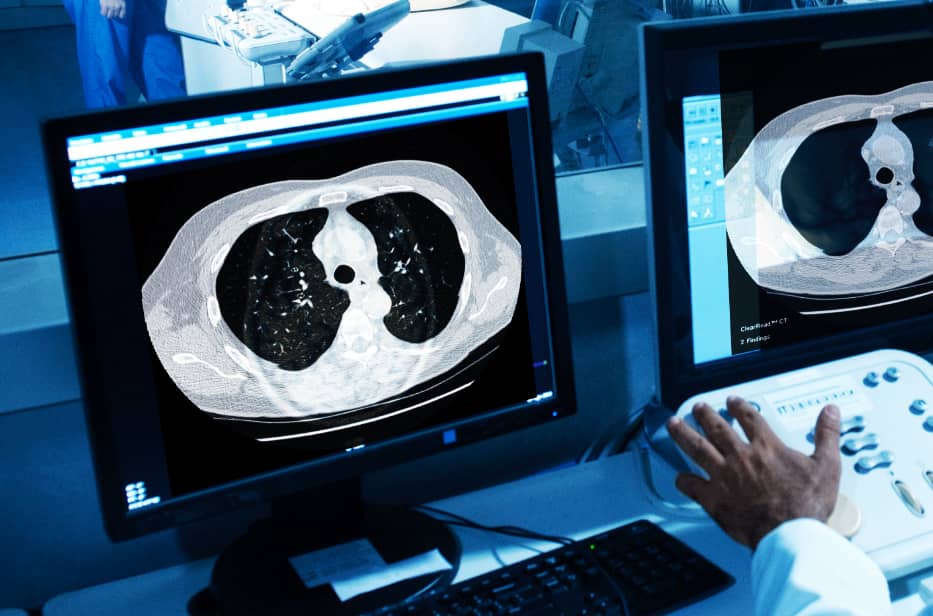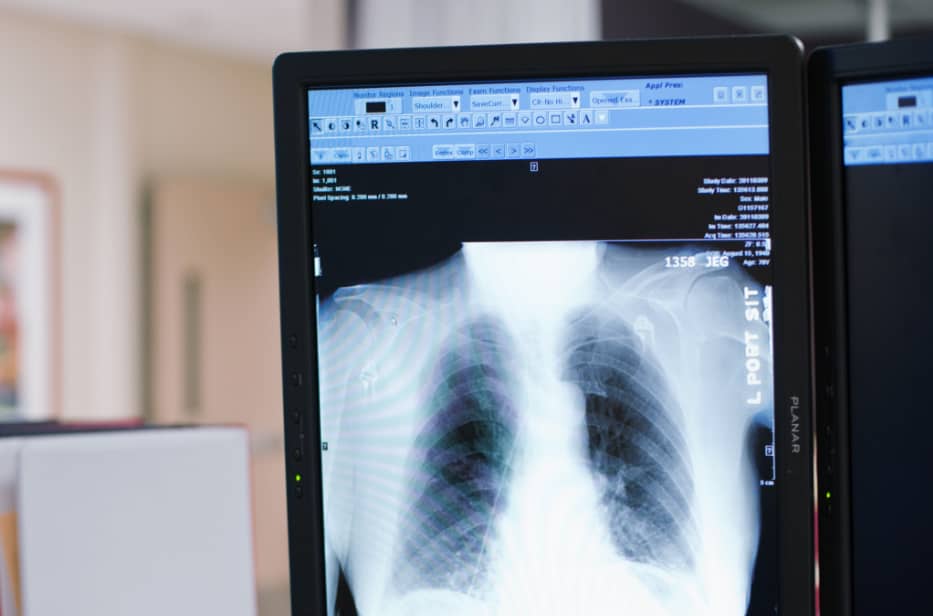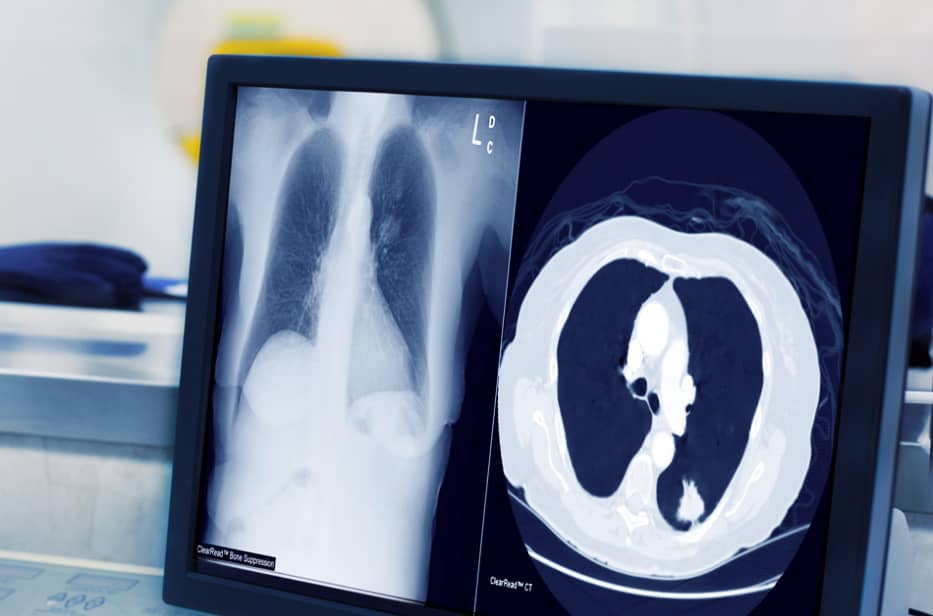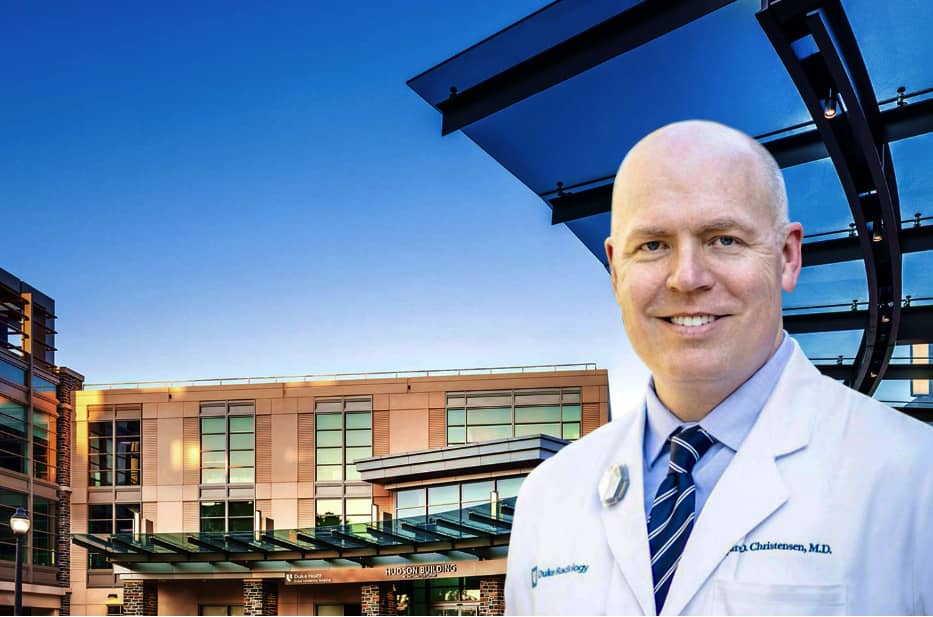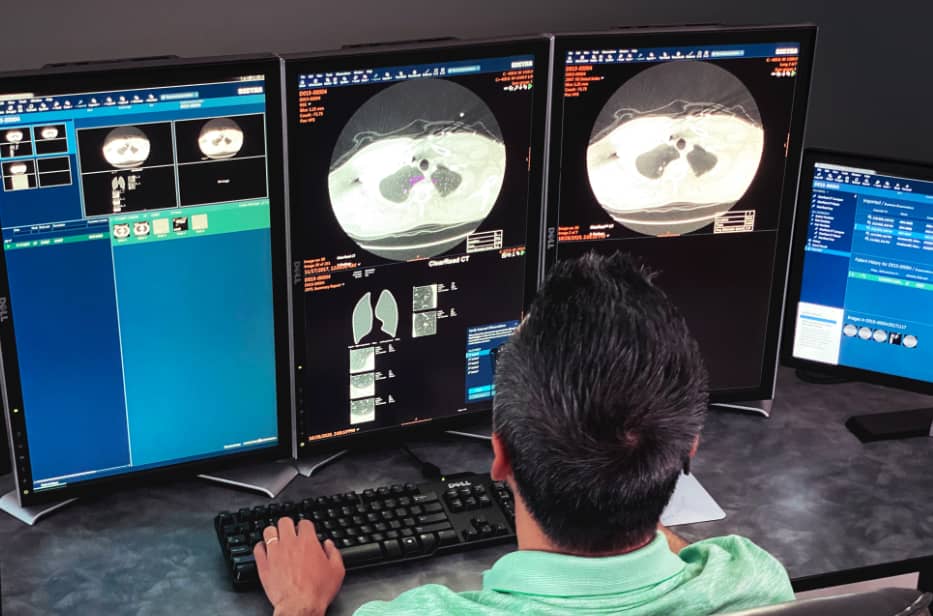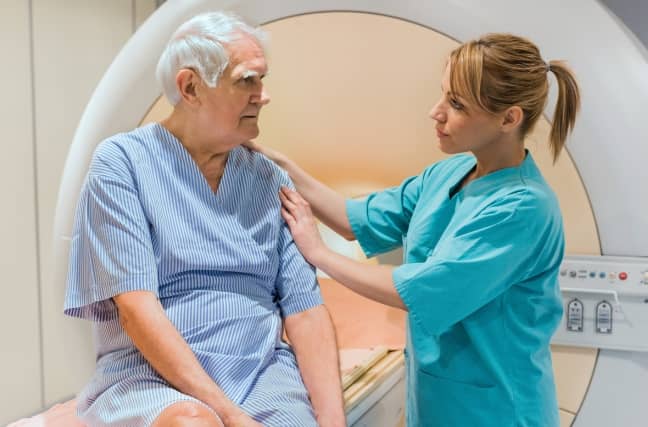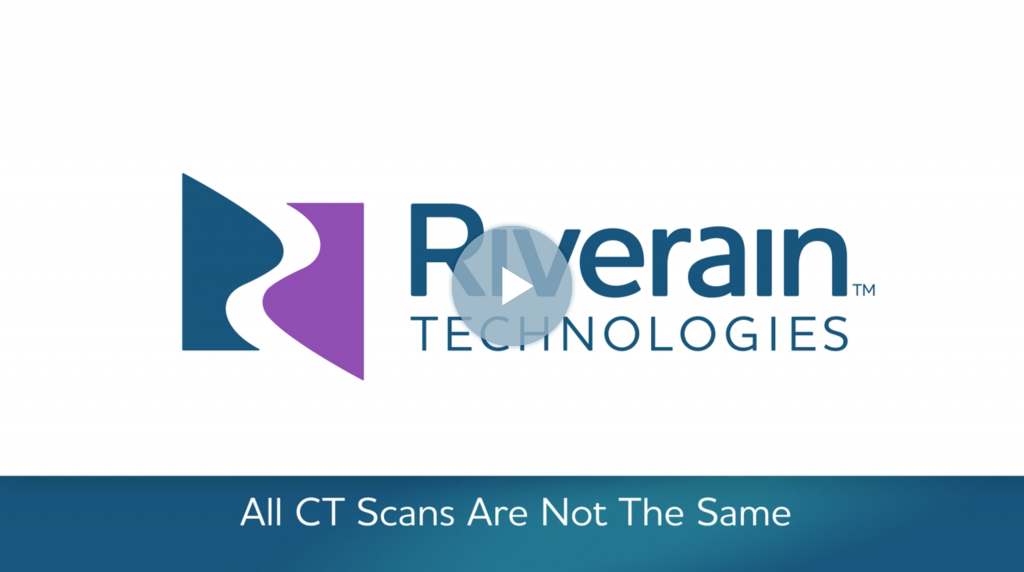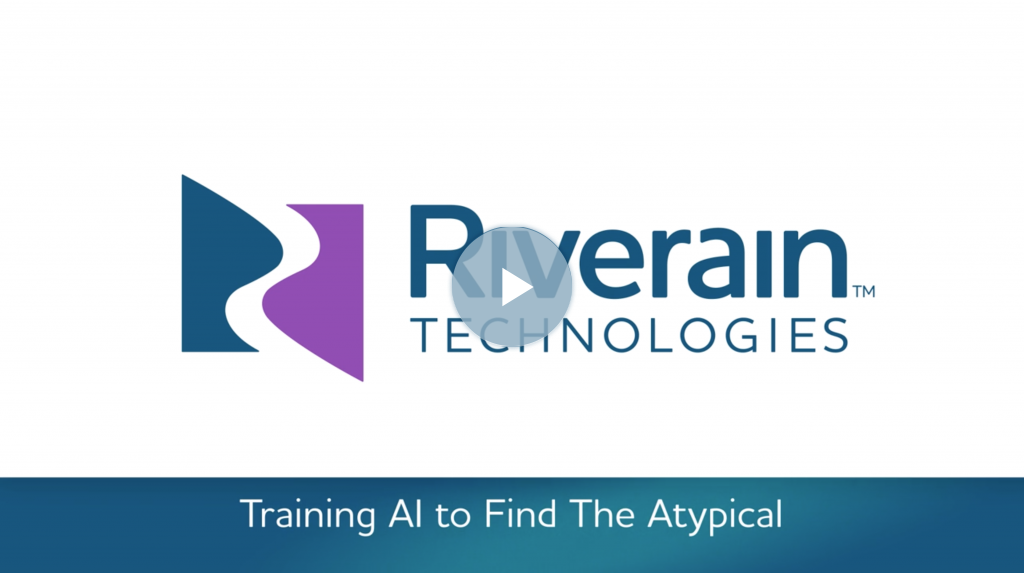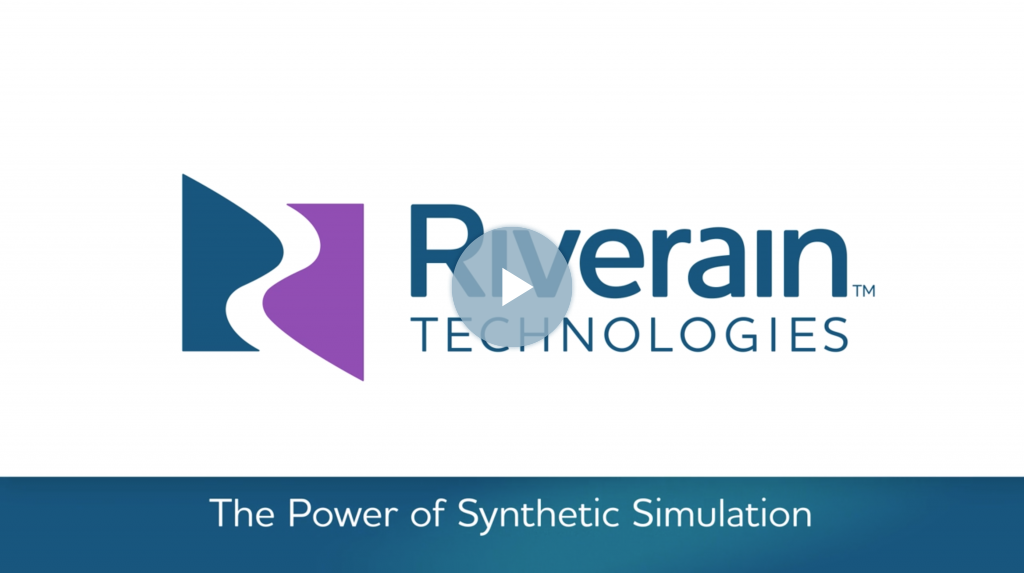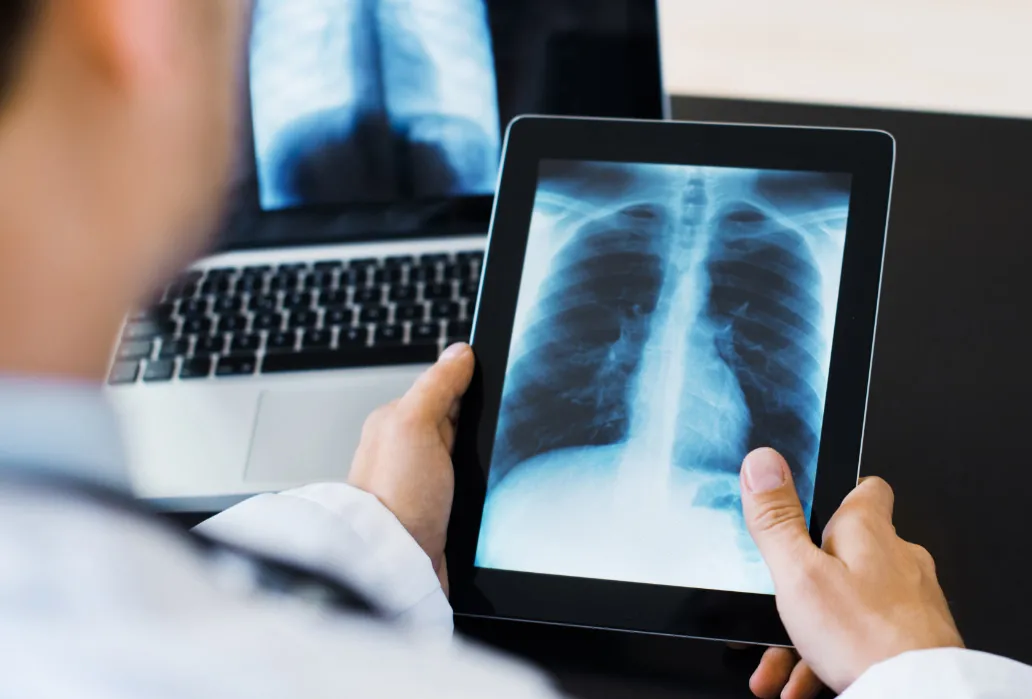Our ClearRead technology is a modern approach utilizing the latest advances in machine learning, such as deep learning. It has surpassed the state-of-the-art by a significant margin based on a combination of frameworks, modeling, and computational ingenuity.
Achieving high reliability and significant performance usually uses substantial amounts of processing. ClearRead system can run on commodity hardware, without the need for special computer cards (GPUs) or large memory systems. By implementing this machine learning technology, our software allows radiologists to make better reads in a more timely fashion.

